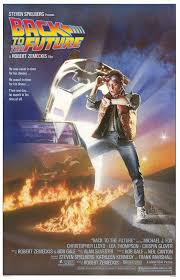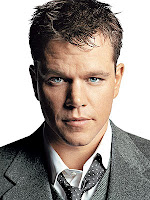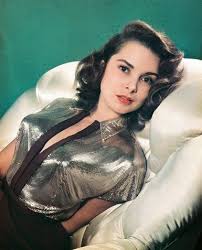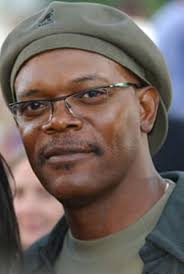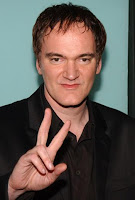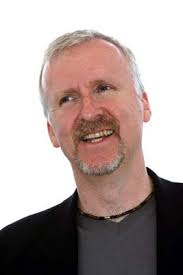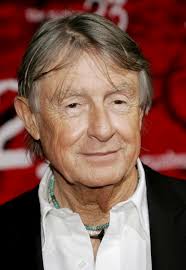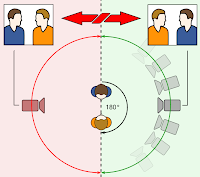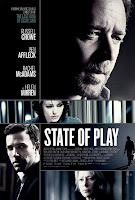
The target audience is the primary group of people that something like an advertising campaign, movie, tv show etc is aimed at. A target audience can be people of a certain age group, gender, marital status, etc. For thriller films it is hard to define a target audience as some thriller movie certificates range from pg to 18. For thriller films the target audience usually ranges from 16-25 year olds and are usually aimed at men although there isn't a great difference between the percenatge of men to womne.This is usually because the majority of actors used are young so youger viewers can follow and relate to the story. I looked at a thriller called 'The State of Play' (2009 based on the british television serial of the same name in 2003). It showed that its target audience was for ages between 15-24 having the highest percentage of 68% and the target gender was males having 63%.

